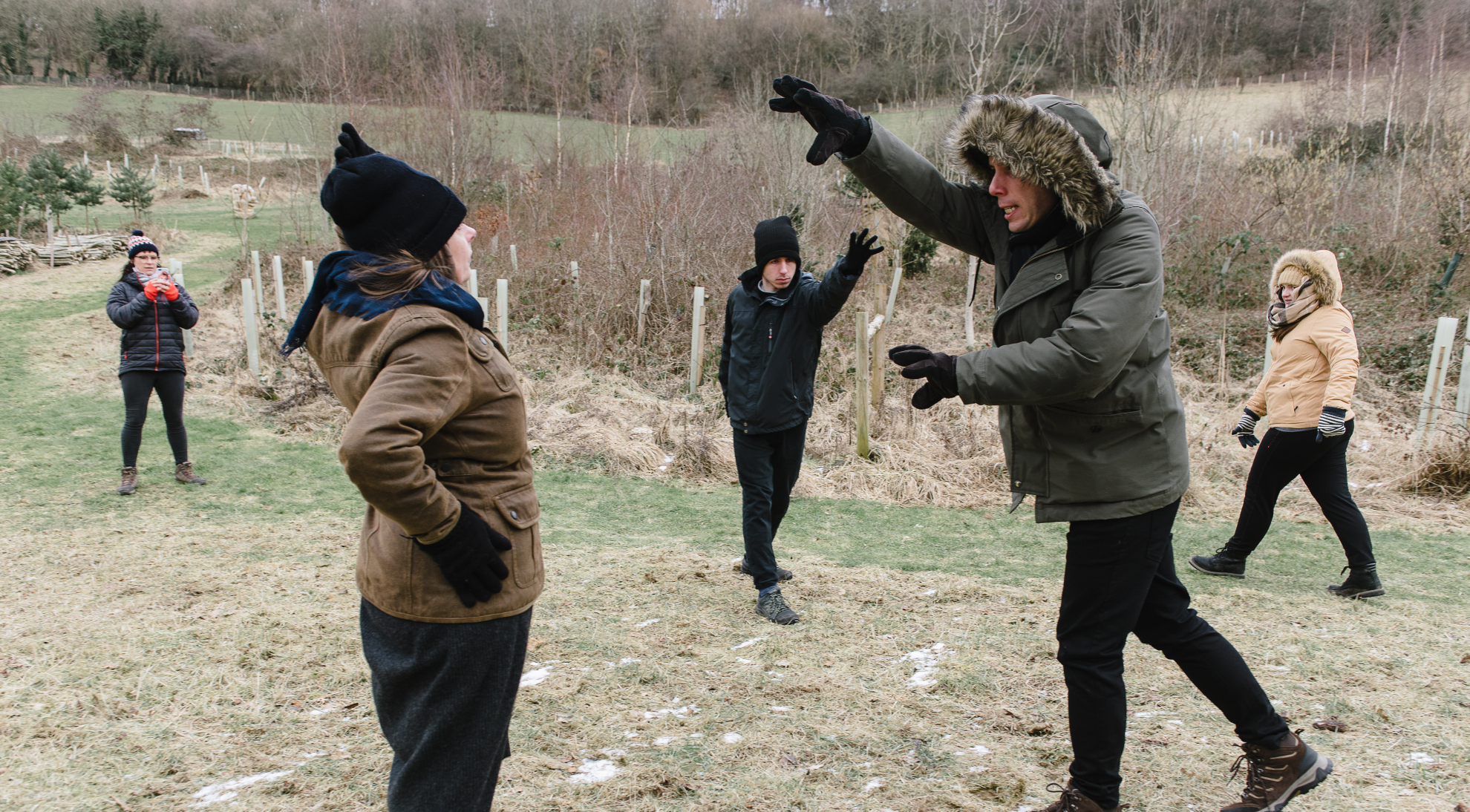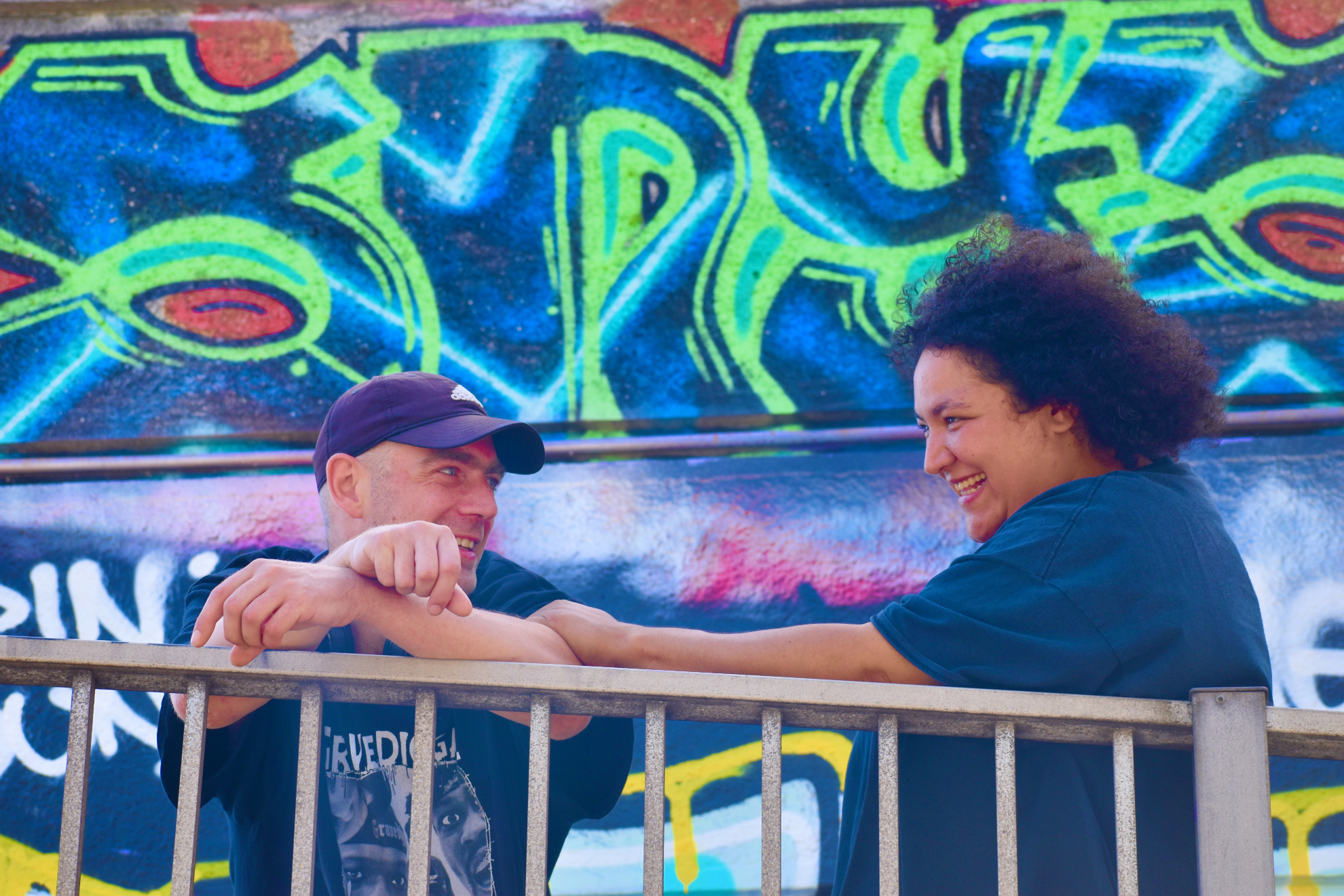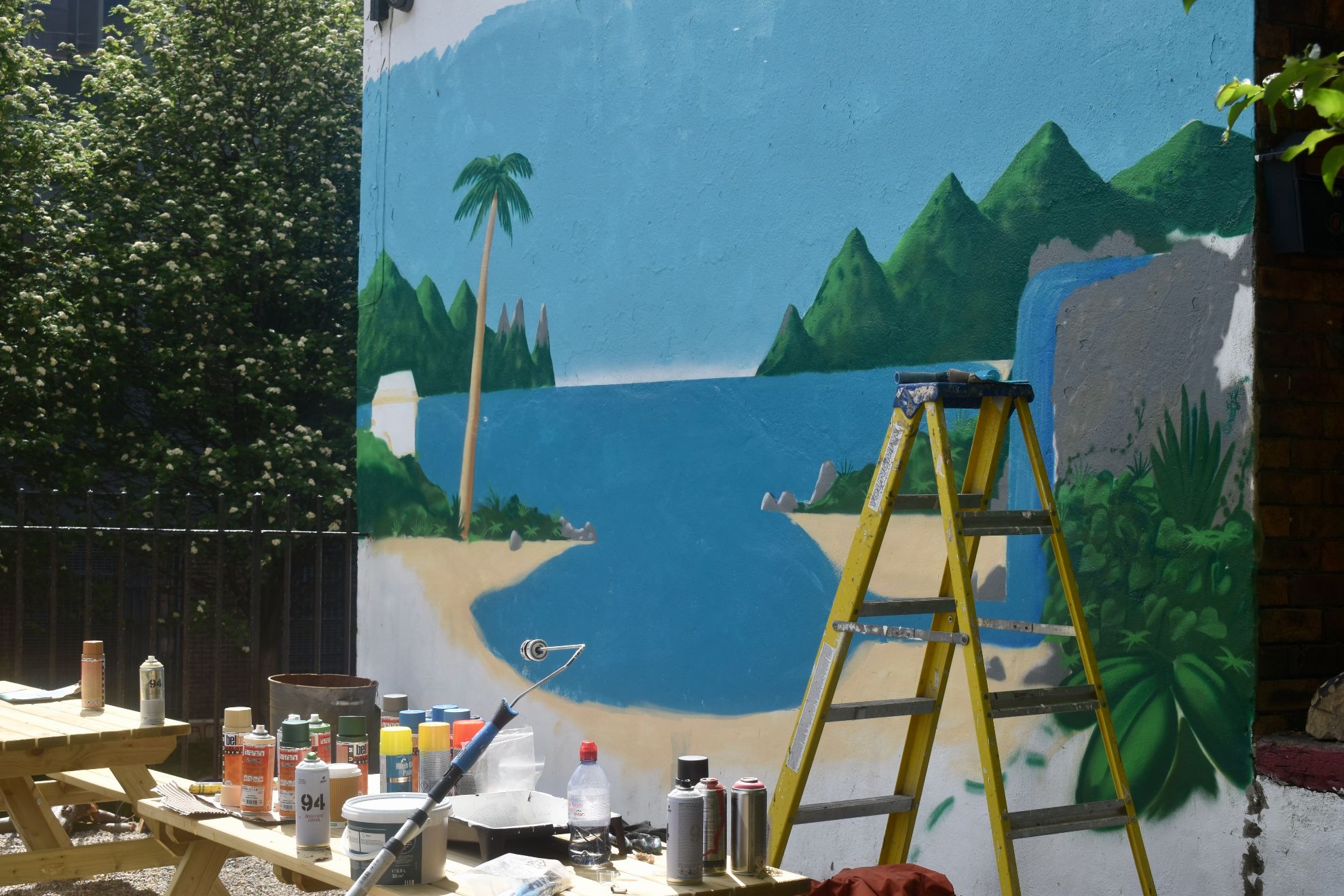I’m always excited to go see some art. It’s one of my favourite things to do. So, when I had the opportunity to go see some sculpture at the Yorkshire Sculpture Park stage of a touring exhibition, I was already there!
Now, I know we’ve been locked up from all the things that bring us joy and right now, I’m so thirsty for some art that I pretty much would be excited to go see somebody draw a stick figure on a brown paper bag! Thankfully, I don’t have to go seek out such a thing because Breaking The Mould – Sculpture by Women Since 1945 has arrived and broken the art drought! Let it rain, let it pour! Just from reading the first paragraph of the description about the exhibition, I just had this feeling it was going to be a something special.
I had already been having the jolliest of email exchanges, preparing me for the press release with PA Amandine from O’Leary Jeffs (owned by Nicola Jeffs and Owen O’Leary) who are the communications consultancy for the exhibition.
Breaking The Mould is in the Longside Gallery in the grounds of the Yorkshire Sculpture Park. It’s a beautiful area and from the gallery there are vistas of rolling, picturesque fields and trees, a stately home and cows chewing contentedly on grasses of several shades of green. Nature’s very own sculptures.
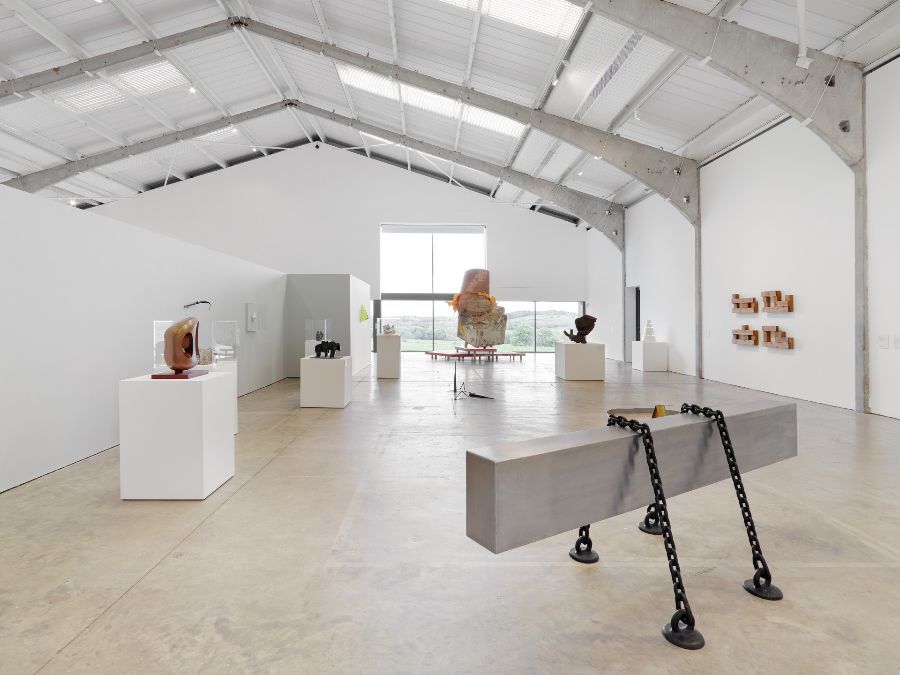
As my friend and I arrived, we received a friendly welcome at reception and were guided to the exhibition building. When we arrived, there was another welcome, this time from Nicola Jeffs and on entering the space I had an “aaaah-oooo-yesssss!” moment. Aaaaah – I feel relaxed. Oooo – this looks really interesting and yes! I’m so glad I’ve come here. That first impression of it being something special proved justified.
Owen Jeffs came to greet us and we had a little chat with him whilst waiting to speak with Natalie Rudd, the Senior Curator of the Arts Council Collection, who was just finishing up taking photos of the exhibition.
Natalie is a refreshingly chatty curator, and when I heard her accent, I knew she’d make for an enjoyable interview. We began with a personal insight:
Your accent is very friendly sounding. I love it. Which part of Yorkshire are you from?
It’s a Wakefield accent. It has a slightly different twang.
Some people may not know exactly what you do as a Senior Curator for the Arts Council Collection. Could you give a brief outline of your role?
I manage sculpture in the Arts Council Collection, which is the largest loan collection of British art in the world. We have nearly 8000 works by over 2000 artists. We have art spanning over 75 years and this is our 75th anniversary year, so it’s a really special moment for us.
That’s a lot of works, artists and years! Your job is to pick the pieces from the collection for exhibitions?
Yeah, I have a role to care for the collection. I manage conservation programmes and ensure that the collection is properly looked after for future generations. I also curate exhibitions such as this one, which tour the UK, or encourage people to borrow, so I try to encourage people about thinking how they might have a sculpture in their spaces.
I like the title of the exhibition ‘Breaking The Mould’. What do you think the mould is?
Well, we’re looking at an alternative history of sculpture and if you look in the history books around modern British sculpture, it tends to be predominantly done by men and from a particular background, which means representation has historically, not been very balanced or diverse. We have 1000 sculptures and 250 of those are by women, so we realised we have this amazing collection of works spanning 75 years and we felt that now is the time to shout about this work and bring it together in an exhibition, to encourage a conversation around the works and celebrate the diversity and range of sculptural processes in terms of this collection.
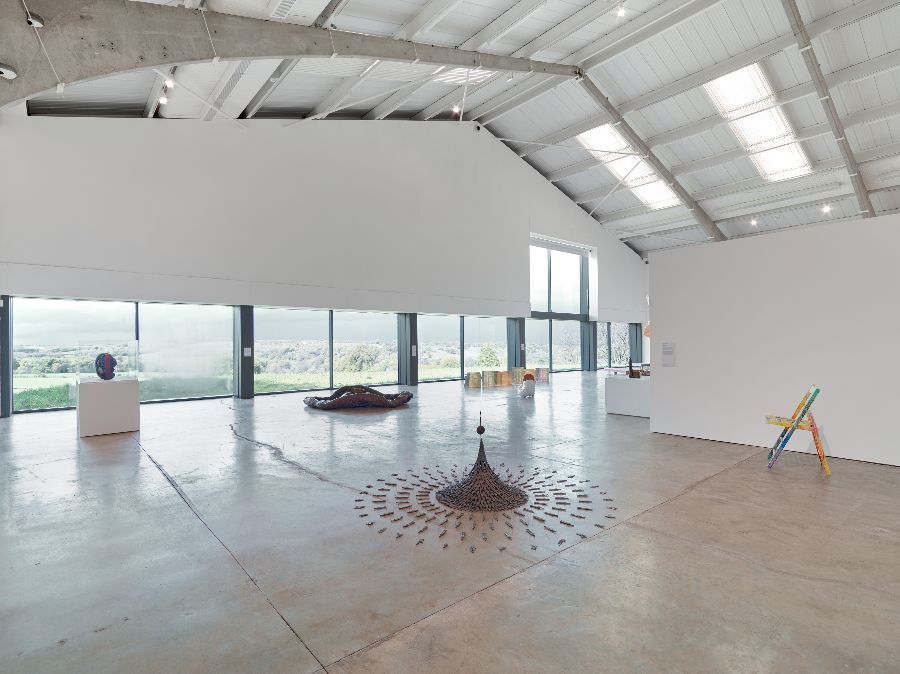
Yes, 800 sculptures and 250 are female. I thought initially, sounds like a lot to me but it it’s not even half and women make up slightly more than half of the population.
Yeah, it’s about a quarter and yes it’s not even half, but it is a strong representation across time, so it’s still up to 250 and we’ve been really concerned to not just think about, as we have 5O works in the show which means there’s still many more works that we’ve not been able to include, so we really want to think about those other works over the next few years and encourage lending of that area of the collection. Also, just to be more mindful around our role in sharing this collection and ensuring we are sharing the most diverse selection and not the usual suspects, so to speak.
What were your initial thoughts when you were approached to curate the exhibition?
We were approached by Hilary Gresty an independent curator and Catherine George at the University of Coventry and they have been doing lots of interviews with women working in sculpture; about 30 interviews just to start a conversation about what their experiences were like, and they kept talking about these cycles and obstacles and resistance to getting to exhibitions or opportunities, or difficulties at art school in terms of working in quite a macho culture around sculpture and it really chimed with us that we’d not really considered before. We just knew we had rich holdings, in which to develop an exhibition around these ideas.
How did you go about choosing the works?
It was a really collective conversation. It wasn’t me who curated this exhibition solely; I was part of a group. There was me and my colleagues, but also Hilary and Catherine and we also worked with our tour partners to think about how the exhibition might develop as the exhibition tours. We thought about an A to Z across time, sort of 1945 to 1975 to the present day and a bit of chronology and then we realised that that might create another kind of canon, but we wanted to make something that was much more open and conversational. Then we came up with an idea of three themes: one around the figure, one around more abstract concerns and one around found objects. The idea is that there is a bit of conversation across time in each section.
The exhibition reminds us that women are marginalised in sculpture and thankfully, this exhibition is helping to rectify this, but also I think about the marginalisation of the audiences to sculpture and the arts. Are there any incentives or measures to invite and encourage people across the board, who would be considered marginalised?
We always want to make exhibitions as accessible as we can, both physically and also intellectually. For example, we have invited a number of people to write the labels for us and not just artists, curators and writers who are a part of the art world, but also students, young people and people with other stories to tell and other kinds of knowledge and we hope that this will help to make people feel comfortable around art. We’ve also created loads of resources and activity trails, learning packs for schools and a lot of the activities were tested during lockdown by children working from home, so it was really inspiring to be able to give them some fresh activities during a really difficult time for children and young people.
Will these type of things be continuing afterwards?
Yes, in August we have an event for mould making, as a lot of the artists have used moulds, working with casting processes, as a way forward and this will be out on the front lawn in August and there’ll be events across the tour as it continues.

After talking with Natalie, she kindly took me around some of the works in the exhibition. It was a real treat to receive live, guided information about the works and the artists. There is a lot of intriguing information on the background of the artists and women’s sculpture historically. I highly recommend reading up on the artists, as they come from diverse backgrounds with an abundance of experiences. You don’t want to miss out on the richness of the knowledge you can learn by researching the artists.
There is a beautifully made catalogue with photographs of the works, contributions from artists and writers and an Arts Council Collection Chronology, which is extremely interesting. It’s an enjoyable reference book and also means you can take pleasure in looking at the images of the works forever more.
To the side of the exhibition space there is a little reference room, with timeline information on the wall, some activity sheets to have a go at and also to my delight – there are photographs of some of the artists in their workshops and creative spaces, doing their art. There is something about seeing an artist actively in their creative environment that brings them and their art to life. Seeing where the alchemy happens is always magical and insightful.
So in the end I feel this exhibition is pretty sensational, not in the obvious flashing lights and chorus line type of sensational, but fundamentally sensational. Like “I really think I’ve learned something profoundly important here” kind of sensational.
It is sensational because these are women sculptors breaking moulds and barriers.
It is sensational because of the eventful and significant time period it covers.
It is sensational because it opens our eyes.
It is sensational because it’s our (everybody’s) art history.
It is sensational because it inspires on many levels.
Visiting this exhibition was exactly what I needed. Since the last Yorkshire Sculpture International (YSI), my interest in all things sculpture has grown. I’ve learned more since that festival, and visiting the Breaking The Mould exhibition has shown me I have so many more adventures in sculpture to take.
This is a great exhibition for anybody and it is perfect for those who have even the slightest interest in sculpture, because the exhibition isn’t remotely intimidating in anyway. It’s an aaaah-oooo-yessss! kind of a place.
If you want to start a journey into sculpture, start here with Breaking The Mould. Start as you mean to go on, with diverse, inspiring, stimulating, exciting and important works of sculpture.
Breaking The Mould is at Yorkshire Sculpture Park from 29 May to 5 September, 11 am to 4 pm Thursdays to Sundays.
Photography of exhibition in Longside Gallery, Yorkshire Sculpture Park, by Anna Arca. Feature photograph is a work by Rachel Whiteread which is untitled.

